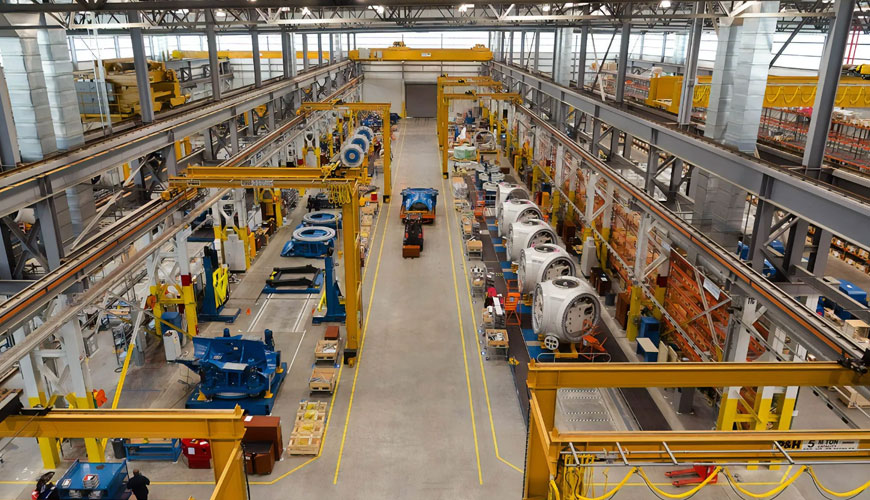

With its state-of-the-art accredited laboratories and expert team, EUROLAB provides precise and fast testing services within the scope of IEC EN 81346-1 testing. This part of IEC EN 81346, published jointly by IEC and ISO, sets out general principles for configuring systems, including structuring information about systems. Based on these principles, guidelines and guidance are given for the formulation of precise reference notations for objects in any system.

A reference definition defines objects for the purpose of creating and retrieving information about an object and related component where it is performed. A tagged reference definition in a component is key to finding information about that object across different document types. The principles are general and applicable to all technical fields (eg mechanical engineering, electrical engineering, civil engineering, process engineering). They can be used for systems based on different technologies or for systems combining several technologies.
Configuration policies and referencing rules provide a system that is easy to navigate and maintain. Because composite structures are simple to set up and understand, this system provides an excellent overview of a technical system.
Configuration policies and referencing rules accept multiple aspects, allowing multiple coding policies to be applied. This technique also allows 'old builds' to be treated together with 'new builds' by using multiple strong identifiers.
This international standard does not distinguish between objects with and without physical existence. Both types of objects may be suitable to be defined and handled in a system's lifecycle.
There are no real rules about how an object is constructed. It is actually the designer/engineer who decides that an object exists and determines the need to describe that object.
If the objects in an object or the relations of this object with other objects are to be examined, it is useful to look at these objects from different angles. For the purpose of this international standard, these views are called directions.
EUROLAB assists manufacturers with IEC EN 81346-1 test compliance. Our test experts, with their professional working mission and principles, provide you, our manufacturers and suppliers, the best service and controlled testing process in our laboratories. Thanks to these services, businesses receive more effective, high-performance and quality testing services and provide safe, fast and uninterrupted service to their customers.
To get an appointment, to get more detailed information or to request an evaluation, you can ask us to fill in our form and reach you.